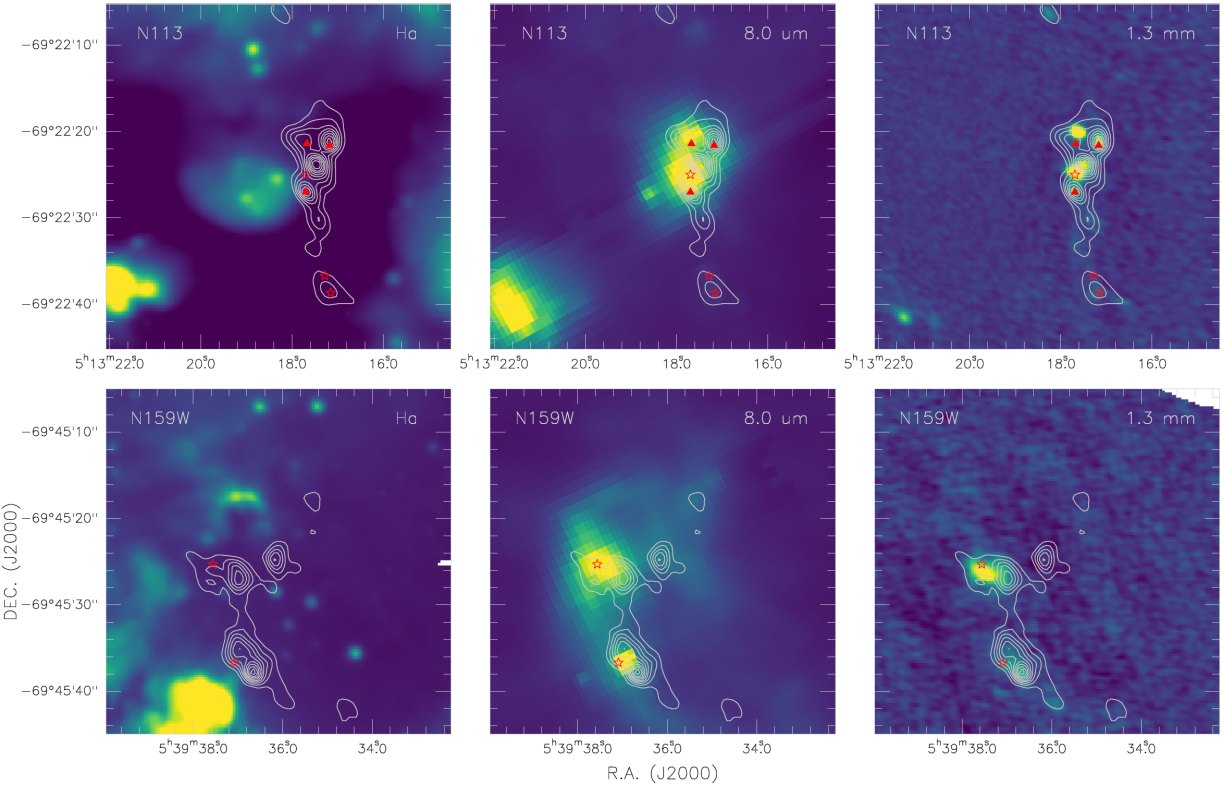Sep 08, 2021
Spectroscopic and photometric analysis of the eclipsing binary HIP 7666 with δ Scuti pulsations
We carried out new multi-color photometric and spectroscopic observations with five telescopes (NOWT, XL85cm, SPM84cm, YAO2.4m, NAO2.16m, and SPM2.12m) for eclipsing binary HIP 7666, respectively. The radial velocity curves are presented...




